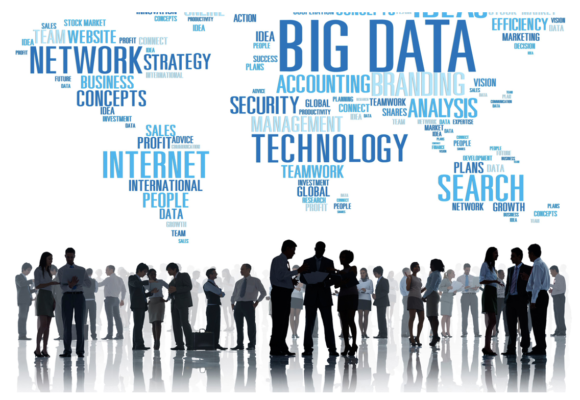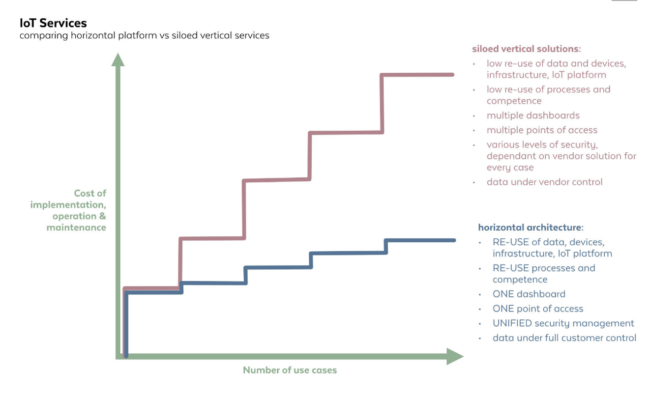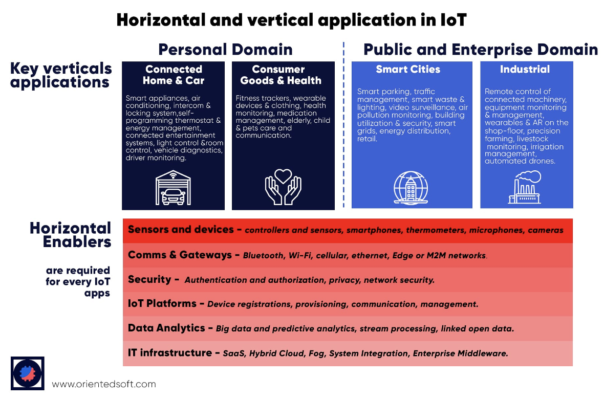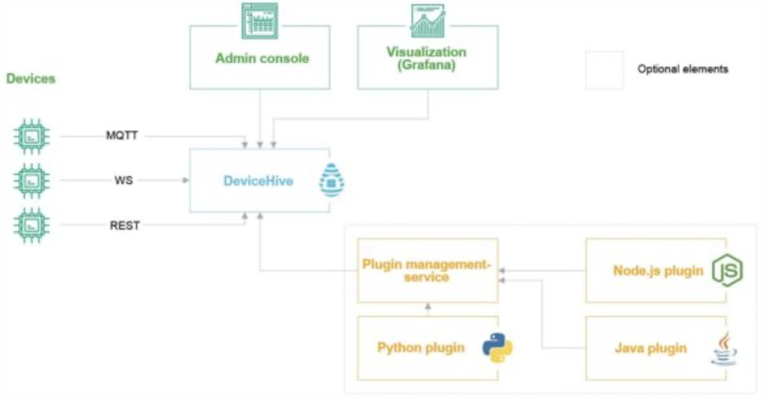Horizontal application development for IoT
 Source: https://www.opensourceforu.com/2020/10/horizontal-iot-platforms-an-overview/
Source: https://www.opensourceforu.com/2020/10/horizontal-iot-platforms-an-overview/
1. What is horizontal application development?
The Internet of Things (IoT) is the latest stage in an ongoing revolution in information and communication technologies. Its diversity, explosive growth, and impact on almost every aspect of society from daily life, business to the government will eventually transform the existing Information Technology (IT) scenery.
With the rapid advancement of IoT technologies, application development can be described as occurring in two directions: horizontal and vertical, and thus creating two business models. The vertical model focuses on providing for the demands of one specific industry while the horizontal model can expand its services and products to multiple industries and therefore reach a wider range of business segments. The vertical scaling approach can be simplified as adding more power to your existing machine, while in the horizontal scaling approach, more machines are added to your network to share the workload.
 Source: https://sensative.com/yggio/horizontal-model/
Source: https://sensative.com/yggio/horizontal-model/
The advantage of a vertical model is its ability to minimize the technical faults with compatibility between entwined elements and quickly contact a service provider in case of mistakes. However, IoT being an enormous field that includes multiple technologies like smart homes, intelligent transportation systems, fitness, and health management and more domains makes it challenging for developers to create an application. The horizontal model emerged as a viable solution as it allows communication and resources exchange to happen at high speed, which is why it is more suitable to handle the explosion of IoT devices and services. Horizontal development also provides open connectivity, improved security, scalability, and flexibility.
During the early stages of IoT, most IoT solutions are vertical “all-in-one” including IoT devices, gateways, cloud services, and applications. But the case will change in the foreseeable future as more and more IoT services will be used at home, in the city, and at work by almost every individual.
2. Horizontal application development for IoT
 Source: https://orientedsoft.com/most-beneficial-iot-applications-vertical-and-horizontal
Source: https://orientedsoft.com/most-beneficial-iot-applications-vertical-and-horizontal
The primary goals of IoT services are collecting data from the physical environment and processing them to generate useful information. But due to a large number of IoT devices and services, the tasks of uniform data representation, processing, and interpretation are major challenges. With the use of horizontal application development, data, devices, infrastructure, platforms are reusable with only one point of access and thus provide effective digitalization and standardization at higher quality and lower cost. A horizontal application connects numerous users with different backgrounds and knowledge. It also allows multiple providers to work with a common framework by matching hardware devices from different manufacturers with a single application.
Horizontal IoT platforms
Canopy acts as a cloud relay between IoT devices and applications which enables rapid development of IoT solutions for individual consumers, commercial and industrial markets. Canopy includes tools and libraries that can be utilized to simplify the development of IoT products relating to cloud technology, also known as “cloud-enabled products”. They refer to physical devices with Internet connections and can be monitored or controlled over the Internet. Cloud-enabled products may include consumer appliances, industrial equipment, and other IoT devices.
DeviceHive is free open-source software that helps in the communication and management of smart devices. It contains a communication layer and control software that supports libraries written in various programming languages, including Android and iOS libraries, and thus makes the platform device-agnostic. Other devices cloud or platforms could also easily be integrated with DeviceHive platforms by using supported protocols and employing plugin service features.
 Source: https://www.opensourceforu.com/2020/10/horizontal-iot-platforms-an-overview/
Source: https://www.opensourceforu.com/2020/10/horizontal-iot-platforms-an-overview/
3. Conclusion
The potential of the Internet of Things technology is enormous and the choice of vertical or horizontal approach in developing applications is essential in the long run. By choosing the horizontal approach and business model, developers can integrate various IoT components and back-end systems and thus maximize the value of IoT investments.
4. References
https://sensative.com/yggio/horizontal-model/
https://orientedsoft.com/most-beneficial-iot-applications-vertical-and-horizontal
https://www.opensourceforu.com/2020/10/horizontal-iot-platforms-an-overview/
The post Horizontal application development for IoT appeared first on Speranza.
*** This is a Security Bloggers Network syndicated blog from IoT Blog – Speranza authored by Allen. Read the original post at: https://www.speranzainc.com/horizontal-application-development-for-iot/





